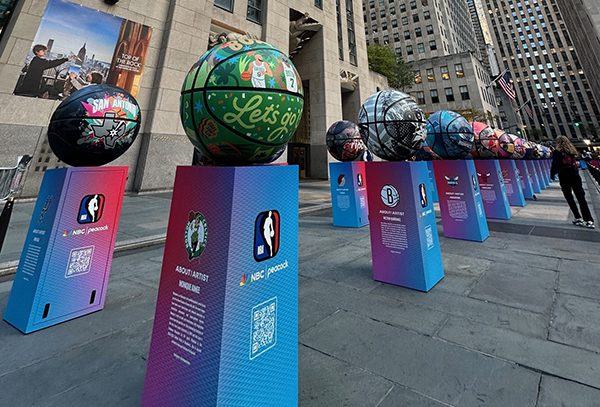In-store sampling time and again proves to be an effective marketing tactic for new products, product relaunches, or brand re-enforcement. The impact is quickly apparent through scan sales on a daily, weekly, and comparative basis.
But while this quick boost in sales may look enticing at first glance, the economics of executing a sampling program can quickly send costs spiraling beyond budget. Fortunately, the complexities of a sampling strategy and execution need not be overwhelming. If a detailed, well thought-out plan with a realistic budget is established and adhered to by everyone involved, the program will go smoothly.
When preparing for a sampling initiative, brand managers tend to treat shipping and kitting as incidental, yet these areas need to be addressed and budgeted in the early stages of planning. The shipping component is more susceptible to inflated costs and budget overruns than any other area of the program. Since a national sampling initiative requires several layers of shipping, poor planning or lack of communication at any level can create a domino effect of added costs.
Problems can occur in several stages of a program:
– The manufacturer is late shipping product to the fulfillment house.
– The fulfillment house is late shipping demo kits to the sampling agency.
– The sampling agency fails to deliver the kits to in-store demonstrators on time.
A delayed shipment might require overnight shipping during the next stage to make up for lost time. Depending on when and where the delay occurs, shipping charges can more than triple the amount budgeted. When shipping a national program, one delay can amount to thousands of dollars in unnecessary expenses.
The cost of returning demonstration materials is another shipping element that is often overlooked. How much is it going to cost to bring all of the materials back? Will the shipping costs surpass the actual costs of the demonstration materials and props? If the overall budget needs some pruning, deciding early on to use disposable P-O-S materials, tablecloths, and aprons can save money.
Sales communication should also be an integral part of planning a sampling campaign. The brand’s sales force needs sufficient lead time to sell a program into the chain. Insufficient product in-store on the day of the scheduled demo activity can result in unnecessary cancellation fees and rescheduling costs. Demonstrators who arrive at the store to find no samples must be paid half-day wages anyway.
Cost overruns are the measurable price to pay for shipping slip-ups and poor planning, but lost revenue is another possibility. Investments in FSIs, radio ads, and other promotional support are diminished if the sampling program is delayed or has to be rescheduled. Also, additional administration time is required for adjusting schedules.
These problems can be overcome with careful planning and good communication among all the parties involved. The first step is to prepare a checklist of activities outlining everyone’s responsibilities. Early planning not only ensures that each step is implemented smoothly and on time, but allows proper determination of details such as weight, size, packing material, instruction manuals, videos, visual aids, supplies and sample product.
The fear, of course, is that something will be overlooked, especially if people with limited sampling experience are handling the project. One option for brand managers is to hire a well-established execution and management firm to handle the program.
Whoever handles the effort, all potential problems can be avoided through good management. Specifically:
– All parties must agree that the schedules are realistic.
– The brand team or execution agency should have a project manager responsible for overseeing and confirming all stages of execution.
– A back-up manager should know the status and each next step.
Sampling as a marketing medium continues to deliver results, but needs to be approached with clear objectives and plenty of advance planning. The costs associated with executing a sampling program are manageable and should not dampen the enthusiasm for an otherwise viable marketing tool.




